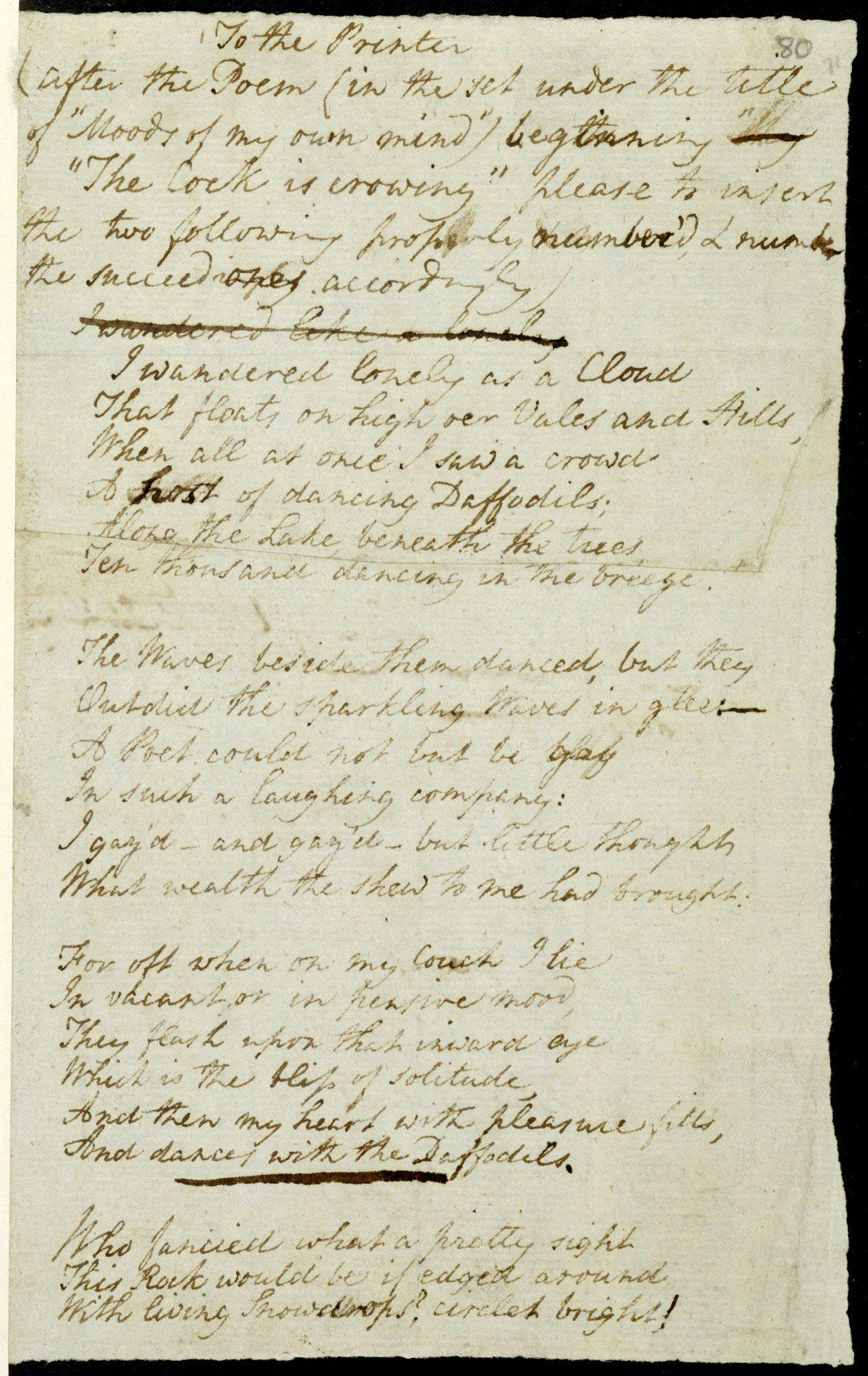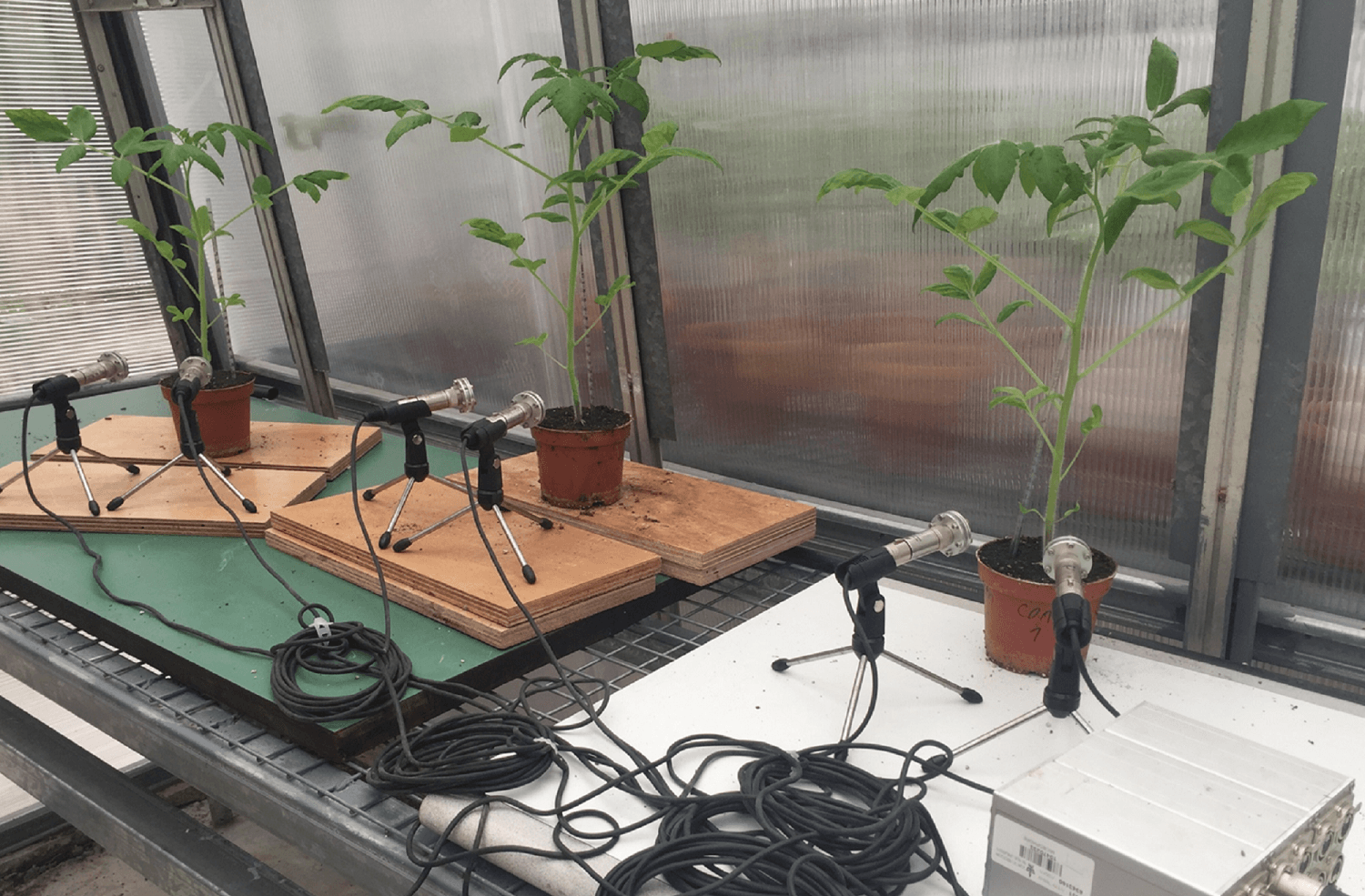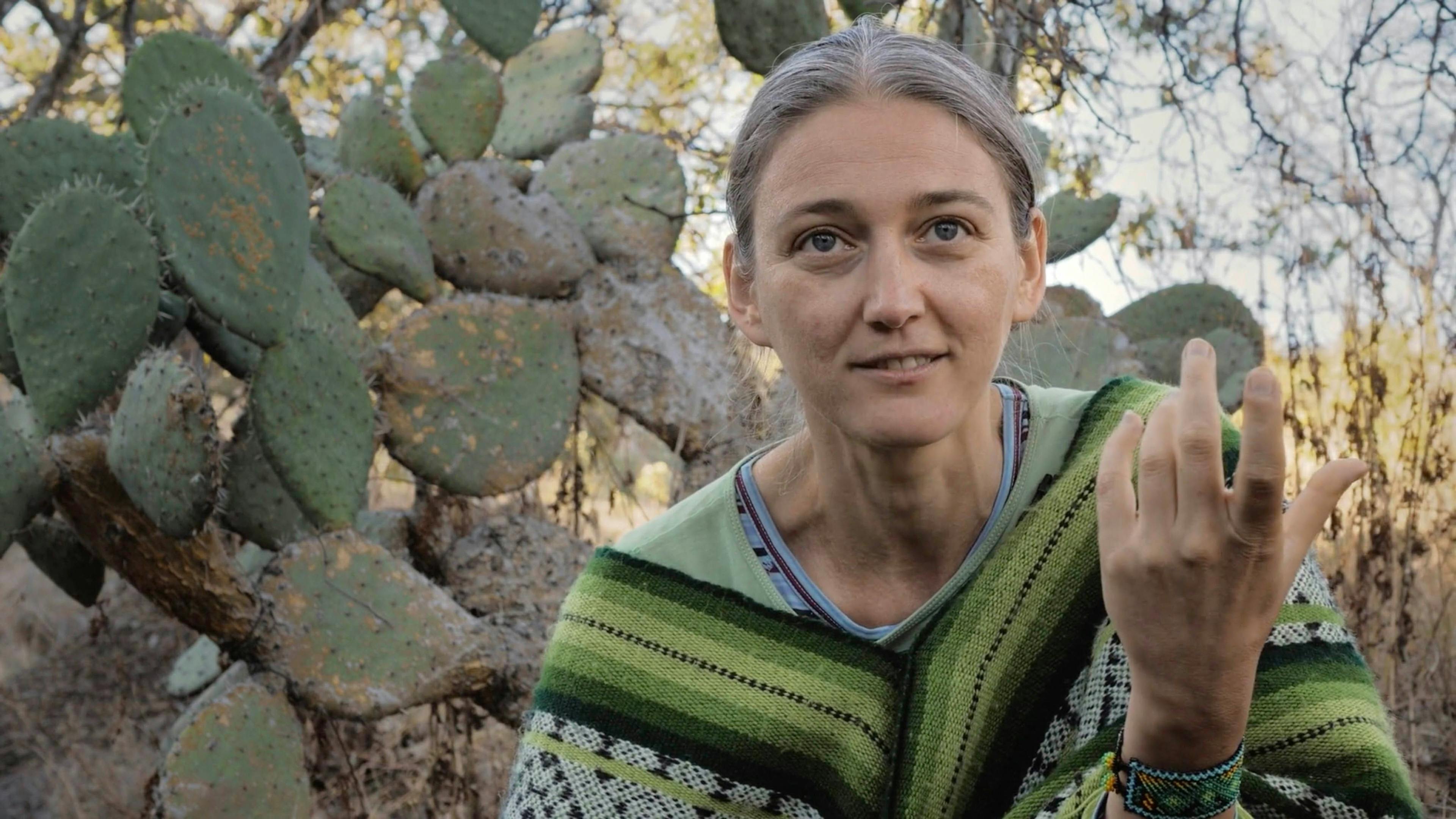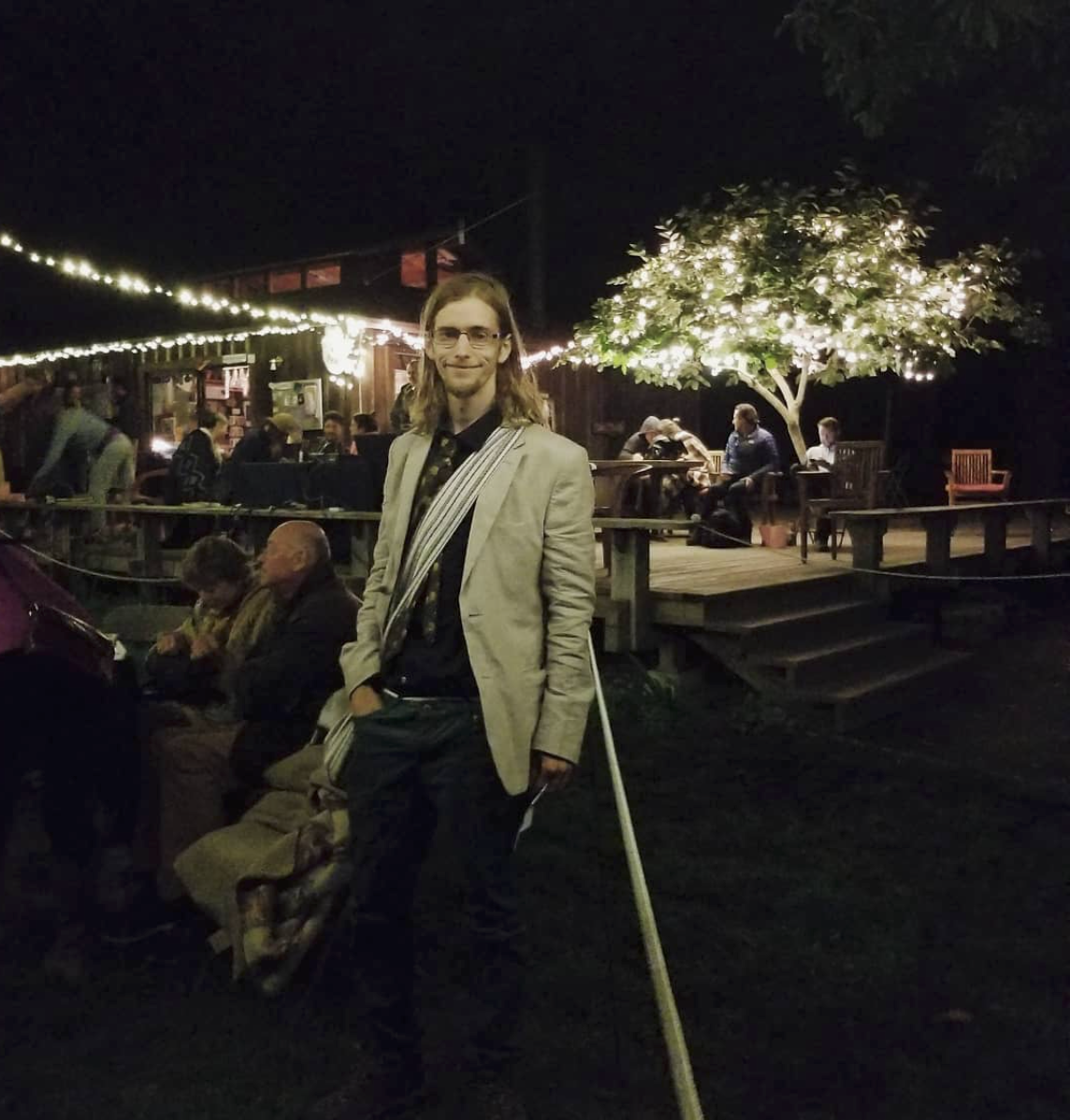Monica Gagliano is a pioneering researcher in the field of plant bio-acoustics. Her background in evolutionary ecology has expanded the scientific discourse on plant subjectivity, sentience, and ethical standing. She is Research Associate Professor in Evolutionary Ecology at the Biological Intelligence (BI) Lab, Southern Cross University
This interview has been edited for clarity and concision. You can listen to the full interview below.
Listen to the podcast
JB: The Mind of Plants is an anthology edited by you and two co-editors, John C. Ryan and Patricia Viera. Can you tell us about how this book came about and how the three of you became its editors?
MG: The three of us have worked together before on similar projects related to a new way of seeing plants. Together, we edited two other volumes. The Language of Plants (2017) came first. It had three major groupings: science, philosophy, and a third category for the humanities. We did one before that which was called The Green Thread (2015). It was more of a weaving between very different perspectives, and it wasn’t as structured as the newest book, The Mind of Plants. This was a while ago. We received so many calls and received so many amazing contributions that it was just too much for one book. We couldn’t find the courage to throw away some of the beautiful work that was sent to us. So we said ‘let’s do two!’ As we looked through the work we realised there was a theme here that is slightly different. So it became The Language of Plants, and then the other theme, which was more diverse, became The Green Thread.
The Mind of Plants came as a follow up because we all worked really well together. John Ryan is a philosopher/poet and ecocriticist. Patricia Viera is a professor in literature, ecocriticism, politics and philosophy. Then there’s me, the scientist. The three of us together can reach so many disciplines, so we decided to do another book looking at the mind of plants. By that stage, some of my work related to the cognition of plants had been published, so it seemed fitting.

JB: You’ve been a pioneer in the study of plant bio-acoustics. Can you talk about how this topic was received in scientific circles when you were first publishing on it as opposed to how it’s received now? What’s being discovered now about plants and sound?
MG: For me, the study of sound and plants came about at a time when I was doing my work with fish. I am a marine scientist by training. I did a lot of work on coral reefs. I had a personal experience which changed my trajectory, and it was very clear that I couldn’t work with fish anymore. My interest in plants came during that time of crisis, and then I started delving more into the anthropological, ethnobotanical and shamanic literature. There I found this recurring theme, especially from the Peruvian or Amazonian work with the Icaros (ayahuasca songs), and the fact that shamans and plants are relating through these songs. I was like, “how curious, how weird, fascinating, and strange!”
While I was shifting my research interests onto plants, I was also shifting my own personal standing into a different world—much more shamanic in a way. Originally, the idea of looking at sound in plants came from that space. I wondered, “is there is a way to test this concept?” As I started exploring within the labs, I also was exploring my own personal life and ended up in Peru. There, I had a direct experience with a curandaro of the power of these songs (icaros), how they are received, how precious they are and what they really are. My direct experience of communication with the plants in that space became very clear. This is not a metaphor.. Science might never be the right tool to test this, but as a scientist, I decided to give it a go.
My first step was a literature review, to see what was known at that point. There was more than expected. It was not the case that people never spoke of sound in plants. Darwin, for example, while formally a scientist, played music to his plants and was convinced that the plants were able to hear him and respond. This interest is not new, even within the realm of science.

At the time, I found that there were a couple of studies from Korea showing how specific frequencies affect the development of the cellular behavior or development of roots.
What I was interested in, though, was the idea that the plant is a spirit that is present and is interacting. In the process of doing this literature review, I identified someone who was a behavioral or evolutionary ecologist who we could ask questions like, ‘Is this something that’s really present in nature’? If so, could it be useful to other species, not just between plants? Could we be one of the other species that it could be useful for?
Then I applied for a little grant, a collaborative grant, and I ended up going to the UK. There I collaborated with colleagues who were specialists on sound and were working in animal ecology. Most people would not dream of having a lab for plants and sound. That is no longer a dream. That was over 10 years ago now. We looked at the sound emitted by a small corn plant and its seedling. We did quite a bit of work on that. Then I came back home and started publishing more and doing experiments which were literally targeting the behavioral expression of this relationship. For example, one of the studies was the study with the pea and the water. This experiment took me forever because, as you can imagine, I wanted to be absolutely certain that what I was seeing was really what I was seeing and not some weird fluke or a mistake. The claim that I was making was pretty bold. I didn’t want to look like an idiot and have people say “it wasn’t that at all”.
At the same time that my work appeared, work by other colleagues was being published on a similar line. The work from the US colleagues demonstrated how a plant that is experiencing the sound of a caterpillar chewing on its leaf will react and produce the chemistry required for defence even if it’s only a recorded sound playing back with no actual caterpillar present.
Similarly, and more recently, a group in Israel did a study showing that sound is a mediator in the relationship between a plant and a pollinator. The plants would increase the amount of sugar content in their nectar to be more attractive to the bees. They would even do this in response to the recorded sound of a bee alone. Although there was no actual bee present, the plant will be listening and responding.
Possibly more labs will start working on this. The relationship between human and plant has been left out for now. The labs that are dedicated to the bio-acoustic abilities of plants do so while removing the human who supposedly is just the observer. It will be interesting to see if there will be a space to scientifically explore the relationship when the animal involved is the human.
What was really “far out” is now, while still not mainstream, accepted. I noticed that Chamovitz, when he first published What a Plant Knows (2012), included a chapter on sound. My first paper had just come out, but it was too late. In his chapter in the first edition he says there is no evidence of plants implementing sound. Now a revised edition of his book acknowledges the influence of sound on plants. Within 10 years we have had a change from ‘what is this?’ to ‘ahh, this could be interesting’. There is a lot to do.
JB: In The Mind Of Plants, while there are essays and stories about plant-human relations and scientific discoveries on plant intelligence, there are quite a few poems included. What can you say about the role of poetry in a book about the mind of plants?
MG: You’re correct. Language is the thing we need to work with because the kind of language that we use creates and allows certain worlds to be imagined for some and makes them invisible to others. In the book we wanted to make sure that we were able to create a multiverse of access. For some people the language of science is what speaks to them. For others, that language is blocking communication. It’s actually poetry that works best for them. I guess I’m biased because I know what the language of science is, but I find that poetry conveys things that transcend the words that are used in the poem itself. It allows for spaces to open that the factual language of science would not permit.
We were very happy to have those poems included. All the contributors were invited to write an essay, poem, or whatever they wanted, but the catch was it had to be a personal story or encounter with a plant. They could choose whatever plant they liked but it needed to be personal. What’s more personal than poetry? The poets had a beautiful time.
Those who are trying to be so impersonal, the scientists, had the hardest time. Some of the colleagues that we invited in the end said, “sorry but I cannot write it”. I don’t think it was because they couldn’t write. It was because they couldn’t write themselves into the story. They’re so trained to be outside the story that to be given permission to write themselves into it was difficult. In fact, many of those who did contribute were quite young academics. I think because they still open enough to say, “yeah, why not? This is fun”.
I’m hoping that the experience is also helpful to remind them throughout their career as scientists that they can allow different registers and different languages to enter into the discipline in their work and their practice.
JB: You share a lot of your personal stories in your earlier book, Thus Spoke The Plant (2018) in which you also write about some of your scientific work. These experiences seem so far beyond the realm of communication involving things like sound, and are more-so mystical in nature. Do you have any hypotheses from an evolutionary view about how plants could be so advanced as to communicate with an animal species like us in languages that we would understand?
MG: The scientist in me doesn’t have an idea really. I could go and say what others have said, which is that ‘the chemistry has evolved’ and so on. I think there is another way to approach this. This is how I would express it for myself: there is this idea, and this idea comes from science, that consciousness or sentience or intelligence is about the brain, including the mind. It’s all about the brain; we can do these things because we have a brain, and other organisms who don’t have a brain cannot do them. This is a big assumption that we have made. There is an entire field of neuro-science, neuro-anatomy, neuro-whatever. Without these assumptions, a lot of these fields would fall flat on their face because they are assuming that this is true. It’s true maybe for us as one species out of many. It’s true maybe for other species that we have bothered looking into, but it’s a special case that we’re generalizing as if it was the rule, but it’s actually a special case. This is the microscope, this is the fine detail, looking into one species, or a couple of species and generalizing that everybody works this way.
On the other side of the coin, all of us that have had these experiences and have experienced these relationships understand this naturally: there is also the possibility that there is no consciousness or sentience in these structure which we like to call ‘brains’, but we are this consciousness and this sentience and it is this field that takes forms and shapes which vary. Some of them are plants, some of them are humans and in this experiment that consciousness does, some forms just worked out well at the beginning. So they are still getting made and still getting created over and over again because they work well. Other forms are being played with and emerge much later. They are not better or worse; they are just different forms. It’s like saying whether it’s better to have a triangle or a square. They’re just two different forms. In the end, they’re made of the same lines. It’s got an in and an out. I think that looking at consciousness as fundamental to matter rather than the other way around allows for a very different approach to the whole question. I’m not the first one to say this, but mainstream science, (not the physicists) particularly in biological sciences, would argue that matter is primary. It's so funny because for a materialistic discipline like biology which is about looking at the building blocks that make the biological body and also for a materialistic society that is so fixated on matter, we know very little about matter and we want to acknowledge very little about the real nature of matter. As the physicists have shown us many times, if you go deep enough, you will find that matter doesn’t actually even exist. You are back into the same one field that creates all the other forms.
While it looks very paradoxical, I feel like for those of us that have had all these beautiful experiences, these entire concepts are not merely concepts, they are more feelings or experiences.
JB: As you said, that view of consciousness comes naturally to people who have had these experiences with powerful plant medicines. Do you think that as the science advances, more people are coming to such conclusions including ones about plant intelligence without necessarily ingesting any psychoactive compounds?
MG: People are ingesting psychoactive compounds all the time. How many people have coffee on the table, on their desk at work? These are the classic ‘ah-ha’ moments that many scientists that we appreciate as our heroes have had over the centuries and millennia.
If we are talking about psychedelic plants as the ones that are mind altering, we are talking about them as a specific small selective group, which have a very potent effect on our minds in a very acute way. However, there are others who are as potent and they are just right in front of our nose all the time. Take bananas, coffee, chocolate, chilis. There are so many, and they are all around us. That’s why the distinction between food and medicine is an artifact. Your food is your medicine, and that’s why I think we call these special ones, ‘medicine plants’. They’re all medicine plants, but they need to do different jobs and you take different medicine depending on the different condition that you need to address. When your mind gets stuck in a rut and you can only think so big, you might need to take a medicine, such as a plant, that allows you to open up that vision a bit more.
If we’re talking about the big medicines such as Ayahuasca, San Pedro or the magic mushrooms, all of those are very potent as we know. I wouldn’t say that everyone should take them. I don’t think they are for everyone. Not everyone needs to arrive at those points in the same way. I’ve had very potent experiences through meditation. There are many ways other than saying that everyone should have those plants, and this is the only way. Sounds familiar, doesn’t it? It’s like this is the mantra that we already have. This is the paradigm that says, now we are going to do this and this is the only way. No, the multiverse is here. Which means there are many ways to go home. The purpose is to go home. So, find the one that works for you and go home. Sometimes maybe these plants will be useful, sometimes they are really not for you, sometimes they are useful to you for a period of time and then they have done their job. You don’t keep taking your medicine if you don’t need it anymore. There are many ways.

